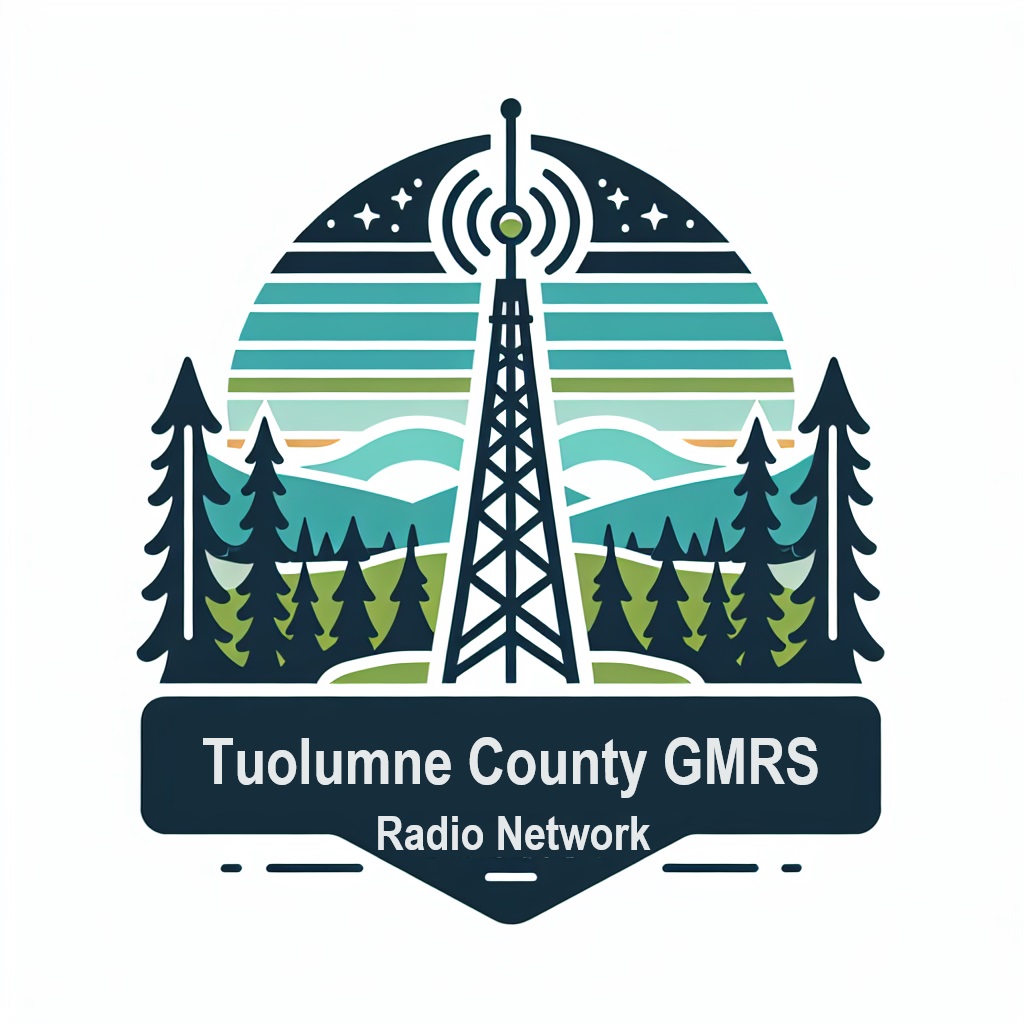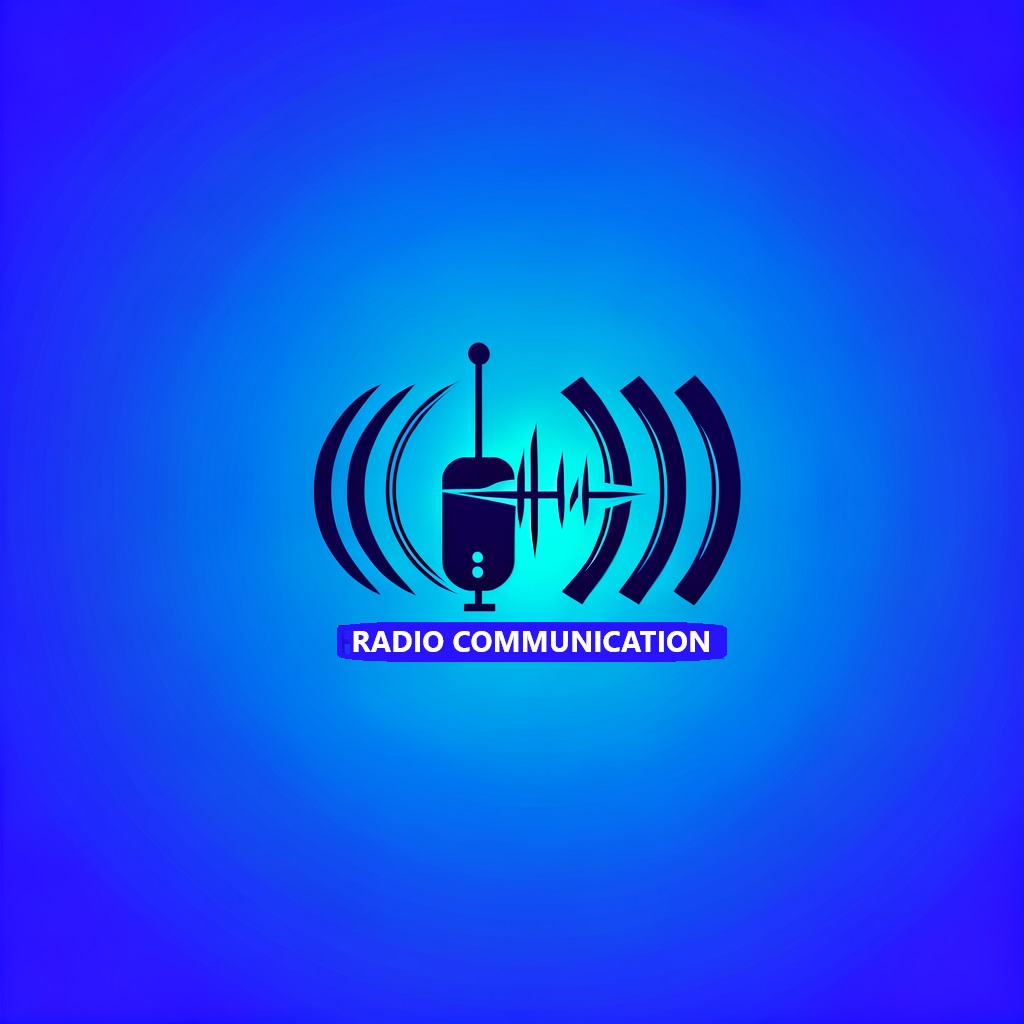Introduction to Radio Communication Basics
Radio communication is a vital skill for anyone interested in emergency preparedness, outdoor adventures, or even just staying connected in remote locations. By understanding the basics of radio communication, beginners can effectively communicate over long distances without relying on traditional cell phone networks. This essential guide will cover the fundamentals of radio communication for beginners, including frequencies, equipment, and best practices.
Radio communication involves the transmission and reception of radio waves to convey information between two or more parties. Radios can operate on different frequencies, allowing users to communicate over short distances of one to three miles using FRS (family Radio Service), medium range of 10 to 50 miles with GMRS (General Mobile Radio Service) or world wide with Amateur radio (ham radio). Understanding the basics of radio communication, including how frequencies work, licensing requirements, and the types of equipment available, is crucial for effective communication in various settings.
To communicate effectively using radios, beginners must learn key terms and concepts such as channels, and frequencies. Channel numbers are used to identify specific frequencies that radios are pre programed with to transmit and receive signals, such as channel 1, or channel 5, while frequencies, measured in hertz, refers to the specific frequency. For example 462.5625 MHz is an FRS frequency. Learning about these basics will help beginners navigate the world of radio communication with ease and confidence.
Understanding Radio Equipment
Radio equipment comes in various types and sizes, from handheld radios to base stations. Handheld radios are portable and ideal for short to medium range communications, while base stations are better suited for long-range communications. Additionally, different types of antennas can enhance the range and clarity of radio signals. Beginners should choose equipment that aligns with their communication goals and environment.
When selecting radio equipment, beginners should consider factors such as power output, battery life, range, and compatibility with other devices. It’s essential to choose equipment that meets your communication needs and is easy to use. Investing in high-quality equipment will ensure reliable communication in various situations, whether it’s for emergencies, outdoor activities, or professional purposes.
In conclusion, mastering the basics of radio communication is essential for beginners looking to stay connected in remote locations or during emergencies. By understanding frequencies, equipment, and best practices, beginners can communicate effectively over long distances without relying on traditional cell phone networks. With the right knowledge and equipment, radio communication can be a valuable skill for anyone seeking reliable and versatile communication options.
Do I need a License?
When it comes to operating radios in the United States, it is important to understand the licensing requirements for different types of radios. In this section, we will explore the licensing requirements for Family Radio Service (FRS), General Mobile Radio Service (GMRS), and Amateur Radios. By understanding these requirements, radio operators can ensure they are compliant with regulations and able to communicate effectively.
Licensing Requirements for FRS Radios
FRS radios are commonly used for short-range, personal communication. Unlike GMRS and amateur radios, FRS radios do not require a license to operate and are limited to a specific set of frequencies. The Federal Communications Commission (FCC) has established specific rules for FRS radios, including limitations on power output (2 watts) and antenna height. Users must also adhere to frequency coordination guidelines to prevent interference with other FRS users. Despite the lack of a licensing requirement, users are still expected to follow FCC regulations when using FRS radios.
Licensing Requirements for GMRS Radios
GMRS radios are similar to FRS radios but offer a longer range of communication. In order to operate a GMRS radio, users must obtain a (no test) license from the FCC. Instructions to apply for your GMRS license. The license covers a family or group, allowing multiple members to use the same call sign and a designated set of frequencies. GMRS licenses are valid for 10 years and require a $35. fee to be paid at the time of application. Like FRS radios, GMRS radios must comply with FCC regulations regarding power output (up to 50 watts) and frequency usage.
Licensing Requirements for Amateur Radios
Amateur radios, also known as ham radios, are used for hobbyist and emergency communication purposes. In order to operate an amateur radio, individuals must obtain an amateur radio license from the FCC. There are three classes of amateur radio licenses, each with its own set of privileges and operating parameters. The licensing process typically involves passing an exam that covers radio theory, regulations, and operating practices. Once licensed, amateur radio operators have access to a wide range of frequencies and modes of world wide communication.
Understanding the licensing requirements for FRS, GMRS, and amateur radios is essential for anyone looking to operate a radio in the United States. By obtaining the necessary licenses and following FCC regulations, radio operators can ensure they are operating legally and responsibly. Whether using a radio for personal communication or emergency purposes, compliance with licensing requirements helps to maintain order and prevent interference with other users. Stay informed and stay connected by knowing the rules and regulations that govern radio operations.
Radio Etiquette
Please watch this short video to; Learn basic radio etiquette for beginners. Speaking the language. Memorize the Phonetic Alphabet. Learn how to make emergency calls.


